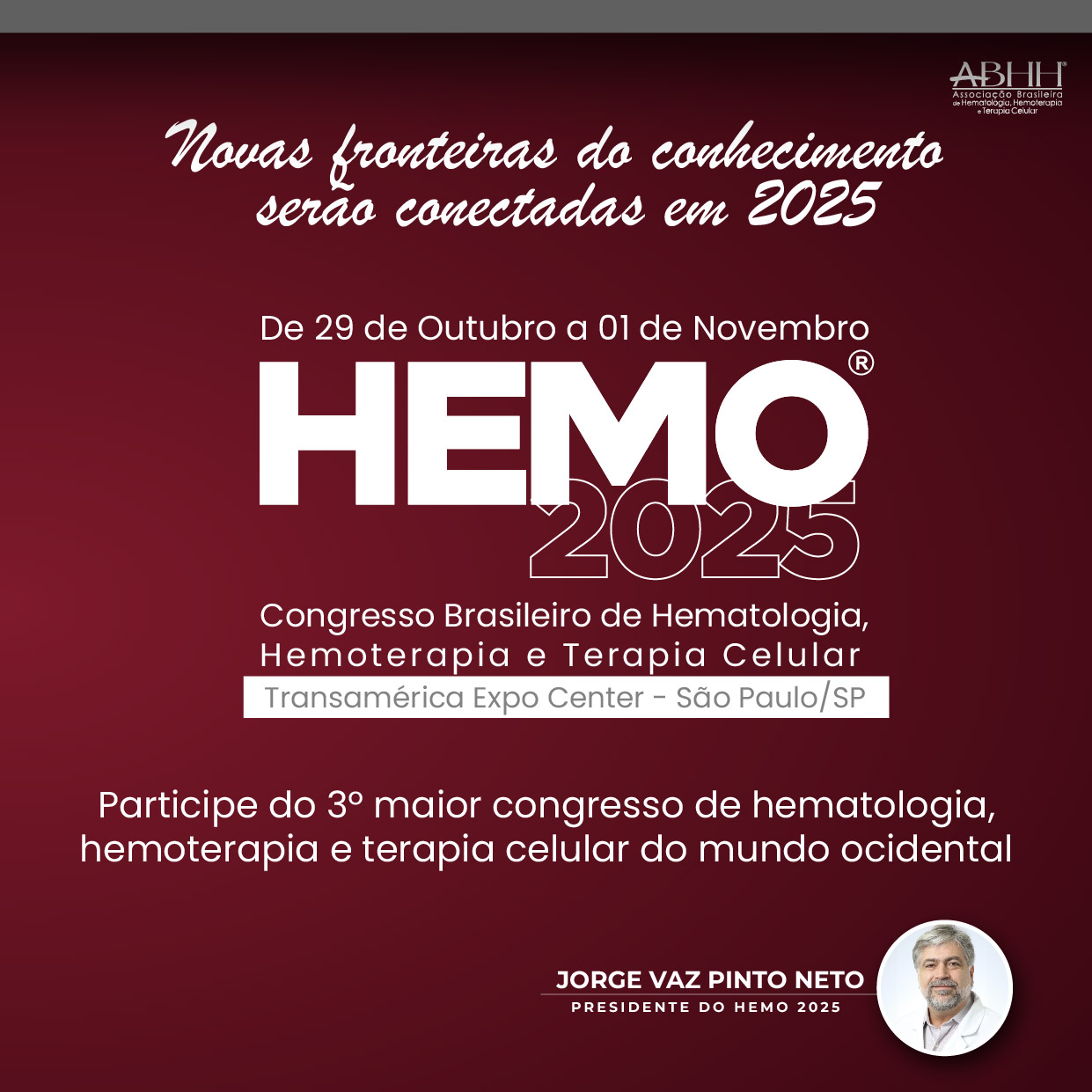
Polycythemia Vera (PV) is a chronic Myeloproliferative Neoplasm (MPN) with a well-documented risk of progression to Aute Myeloid Leukemia (AML), particularly in patients undergoing prolonged cytoreductive therapy. This report details the case of a 66-year-old male diagnosed with PV five years prior, initially managed with hydroxyurea. Over time, he developed progressive pancytopenia, ultimately leading to a diagnosis of AML. Following leukemic transformation, the patient was treated with azacitidine, a hypomethylating agent commonly utilized in myeloid malignancies. However, hematologic response was minimal, and disease progression ensued. Molecular analysis identified AML-associated mutations, which are implicated in disease evolution, therapeutic resistance, and poor prognosis. The transition from PV to AML represents a critical clinical challenge, significantly worsening patient outcomes. While hydroxyurea remains a widely used first-line therapy for PV, its potential role in leukemic transformation continues to be debated. Azacitidine, although a viable therapeutic option for post-MPN AML, frequently yields limited and non-durable responses, particularly in patients with high-risk genetic alterations. This case underscores the necessity of vigilant monitoring in PV patients receiving long-term cytoreductive therapy to enable early detection of leukemic progression. Alternative treatment approaches, including JAK inhibitors, interferon therapy, and early hematopoietic stem cell transplantation in eligible patients, may play a role in reducing leukemic transformation risk. Further research is essential to enhance the understanding of post-MPN AML pathogenesis and optimize treatment strategies to improve patient survival.







